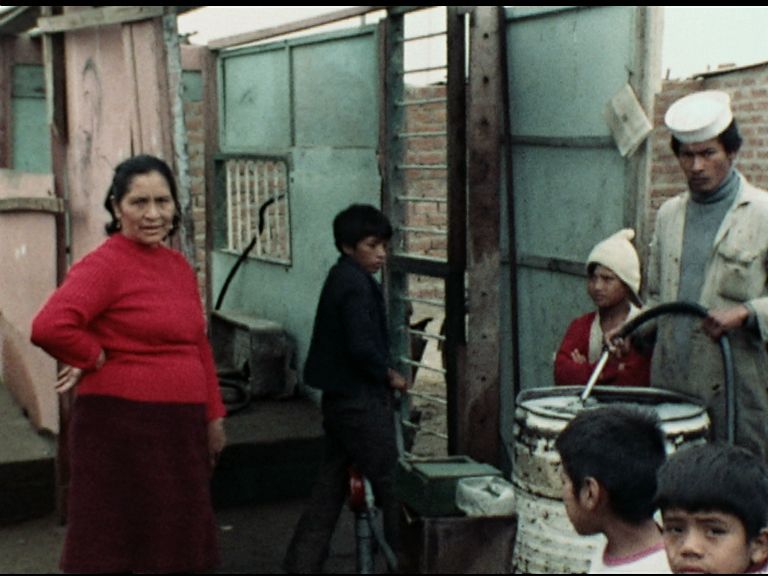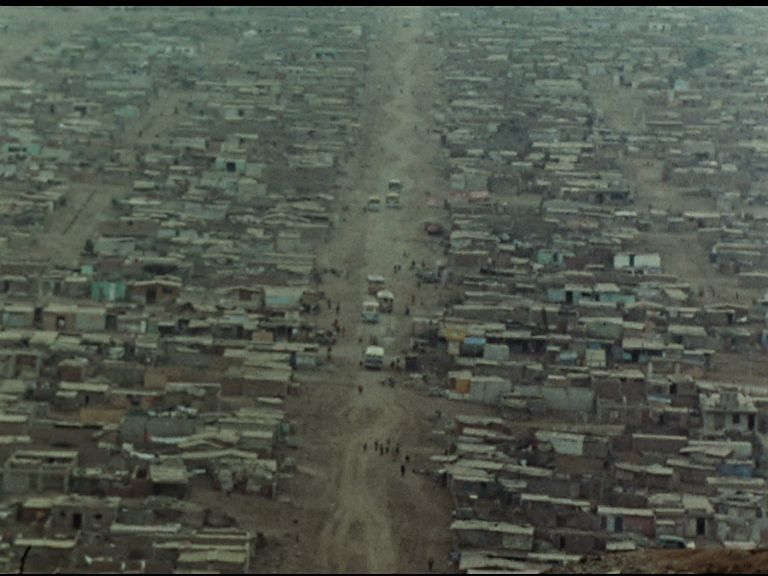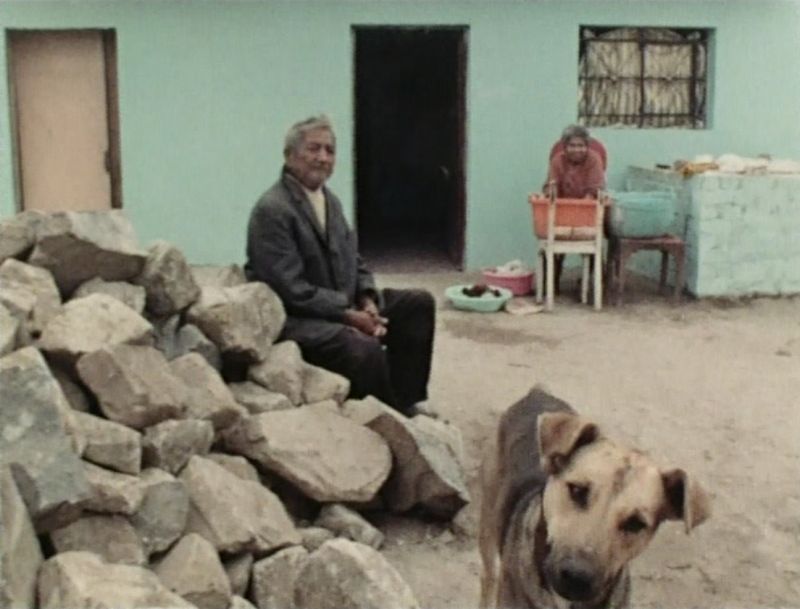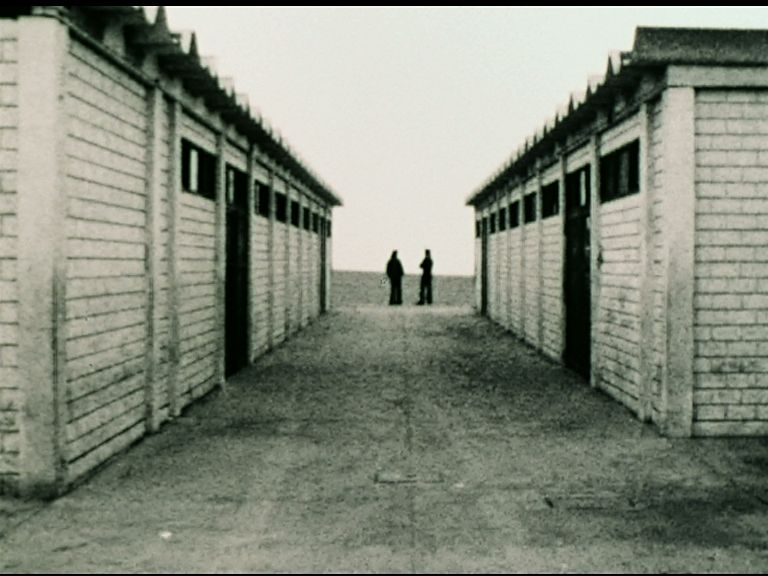Rose de Lima
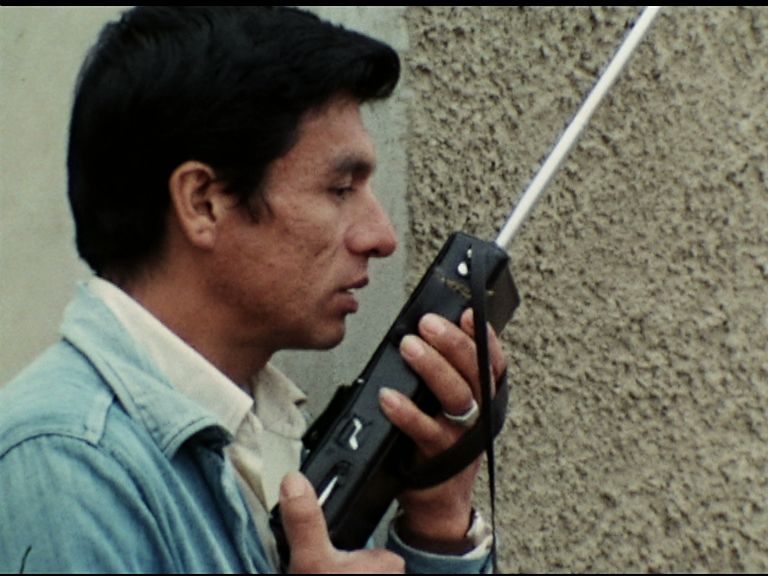
Original format
Color
Color system
Languages
Availability
20 kilometres off the Peruvian capital Lima, Villa El Salvador is no ordinary ‘barriada’. With its more than 300.000 inhabitants, it is a true example of self-management, autonomy and community. Born in the early 1970’s, after some 50.000 people invaded a piece of the coastal desert of sand, Villa El Salvador is today South America’s most remarkable and well organised squatter settlement. Building a well-functioning city from scratch in the middle of a desert, a city which can boast of its urban planning, is a social enterprise inexplicable without communal organisation and participation: practically all its population has been, in a way or another, involved with it. In 1974, Joëlle de La Casinière made a portrait of this ‘new city’, built out of nothing, in no time, in the middle of nowhere. Her soundtrack work is a true musical poem in radio language. In the same collage style - product and anticipation of the zapping era - that would characterise de La Casinière’s work during the 1980’s, ‘Rose de Lima’ plays with the clashes and new meanings that the juxtaposition of sound and images produces. De La Casinière repeatedly associates boleros, rancheras and other South American popular music genres with the devastating sight of desert roads and industrial cars; excerpts from a football match broadcasting with images of women coming out of a door, just as footballers ready to hit the field; dialogues from a radio serial with the still, quasi-photographic, portraits of Villa El Salvador’s population. She alternates popular cultural and political discourse, plays with the existing stereotypes on South America, and highlights this continent’s great contrasts. De La Casinière builds here, as in many other of her works, the sense of the narration though the film’s rich soundtrack. Nevertheless, her visual work must not be underestimated; it’s a complex layering of formats, textures and styles. Can true paradise exist within a corrupted society? A corrupted country and what’s more, a corrupted continent? Can education fight television and its pornography? How can citizenship participate in education, and education encourage citizenship? Those are the challenges Villa El Salvador finds itself confronted to at the moment of its creation. De La Casinière is an optimistic witness and the film closes down with the sound of Radio Libertad.

